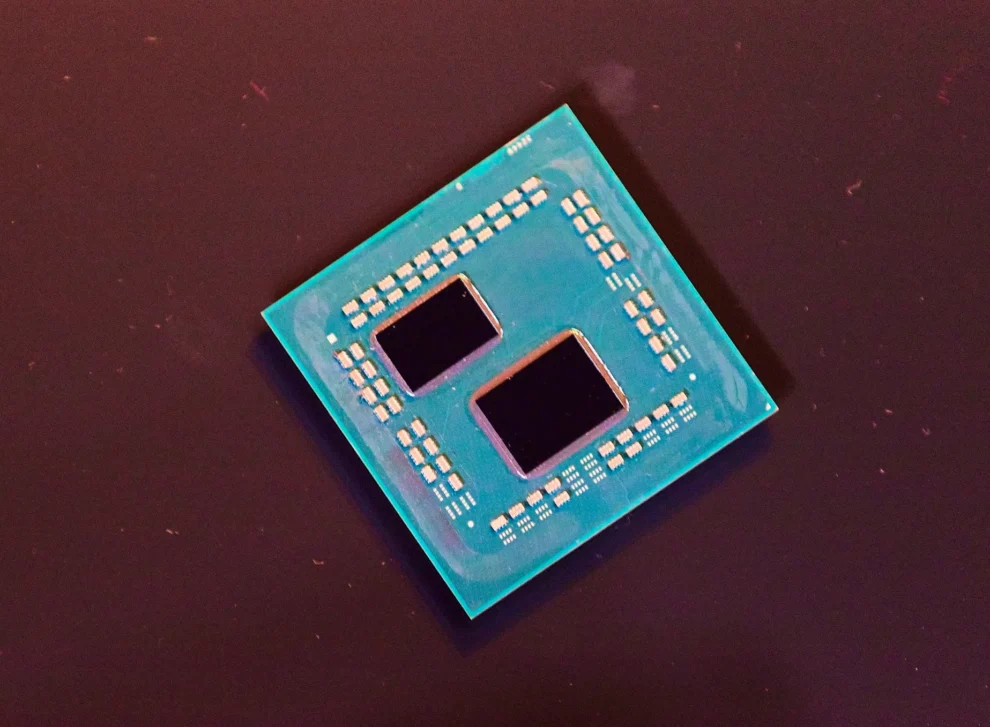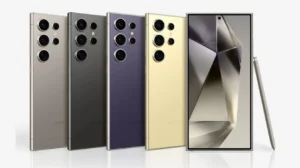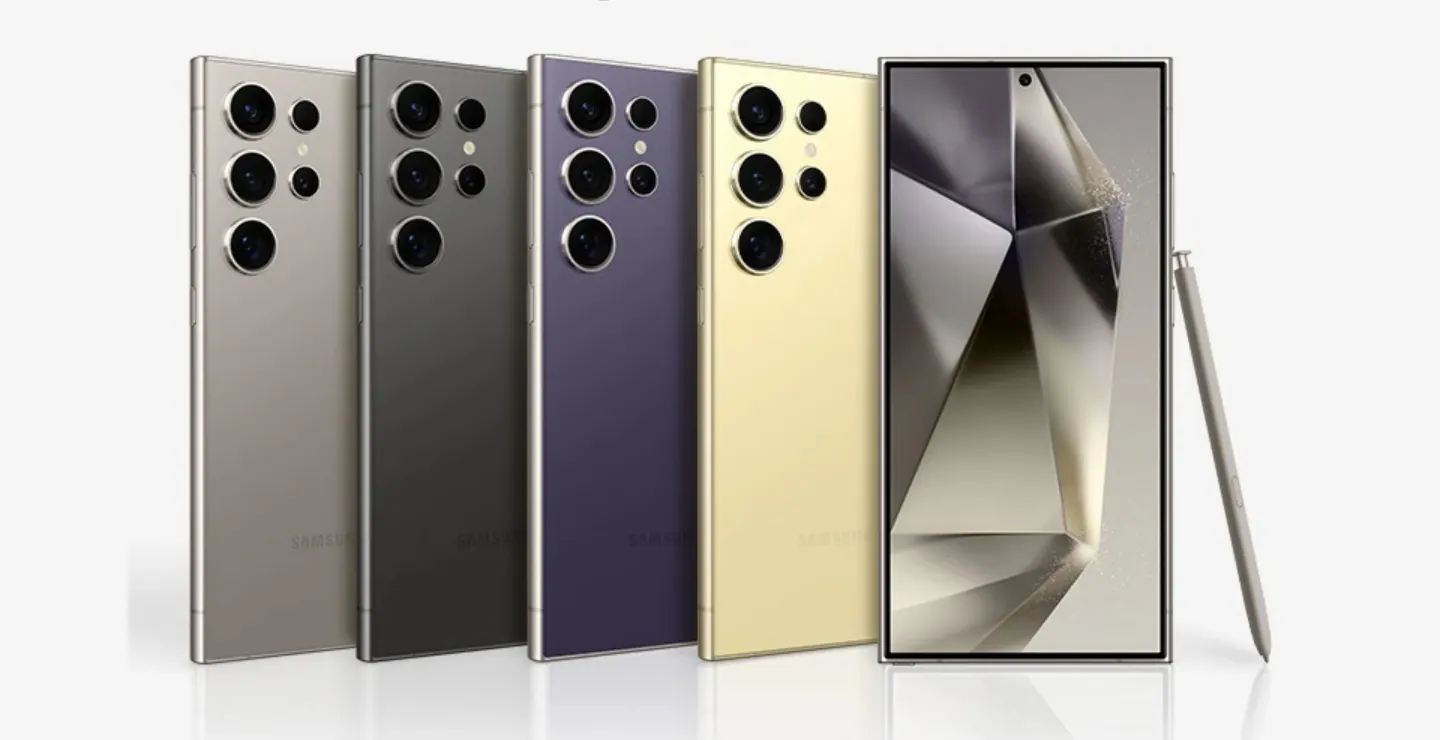Removing a graphics card has long been a frustrating part of PC maintenance and upgrades, often requiring contortions and makeshift tools to release a stubborn PCIe latch. However, recent advancements by motherboard manufacturers like Asus and MSI could spell the end of these struggles, offering hope for a smoother, quicker, and safer experience.
The Evolution of PCIe Slots
Traditionally, securing a graphics card to a motherboard involved a plastic latch that needed to be manually disengaged—a process that could be both tricky and risky, particularly in tightly-packed cases where other components obstruct easy access. This has been a notable pain point for PC builders, especially with the increasing size of modern graphics cards which can block or complicate access to the latch.
Introducing Quick-Release Mechanisms
Recognizing these challenges, companies like Asus have developed innovative solutions to simplify the process. At a recent showing at Gamescom 2024, Asus showcased its X870 and Z890 motherboards featuring a new “PCIe Q-Release Slim” system. This mechanism allows the graphics card to be released effortlessly by pulling it outward from the front, bypassing traditional latches altogether. This design not only simplifies the removal but minimizes the risk of damaging both the graphics card and the motherboard during extraction.
MSI has also stepped into the arena with its “EZ PCIe Release” system, debuted on its Z890 MPG Edge motherboards. Similar in concept, MSI’s design places a release switch conveniently above the horizontal length of the graphics card, making it more accessible and thus easier to use compared to traditional setups.
Benefits and Potential Concerns
These new systems promise not just ease of use but also a reduction in the wear and tear that can occur with frequent GPU swaps—a common scenario for testers and enthusiasts. However, while these advancements are exciting, they also introduce new complexities into motherboard design. There is some concern about the durability of these new mechanisms and their ability to maintain secure connections over time, especially if a fault were to develop in the mechanism itself, potentially leading to a permanently lodged card.
The shift towards more user-friendly motherboard designs is a reflection of the broader industry trend towards customization and modularity in PC building. As these technologies develop, they are likely to become more widespread, appearing on mid-range and even budget motherboards, making PC building more accessible to novices and reducing the overall hassle involved in upgrades and maintenance.
The development of quick-release mechanisms for graphics cards represents a significant step forward in PC hardware design, marrying functionality with user convenience. As these technologies evolve and are adopted more widely, the day-to-day experience of PC enthusiasts is set to become much less frustrating, allowing more focus on performance tuning and less on mechanical troubleshooting.

















Add Comment